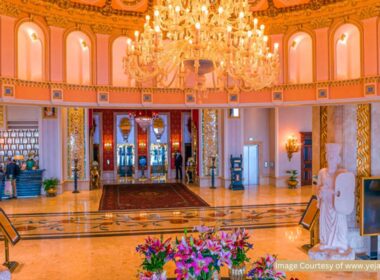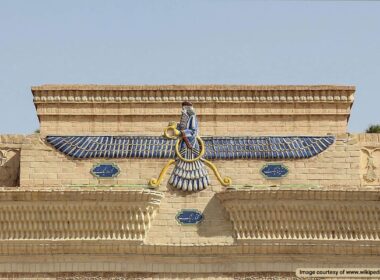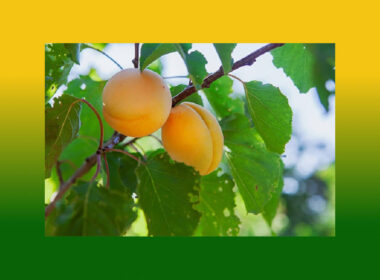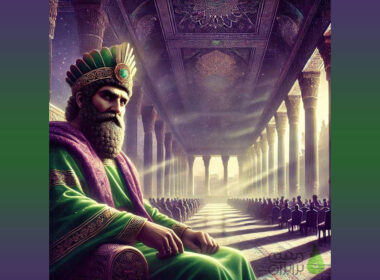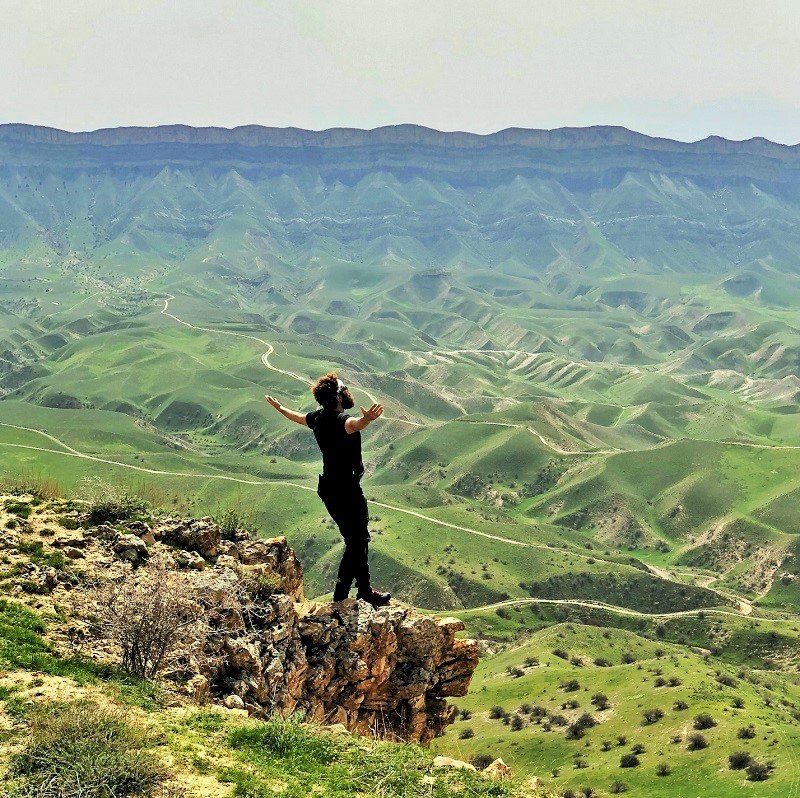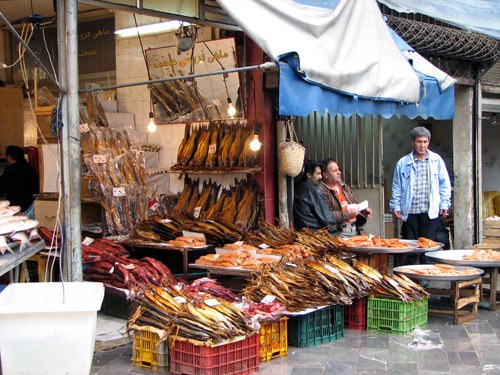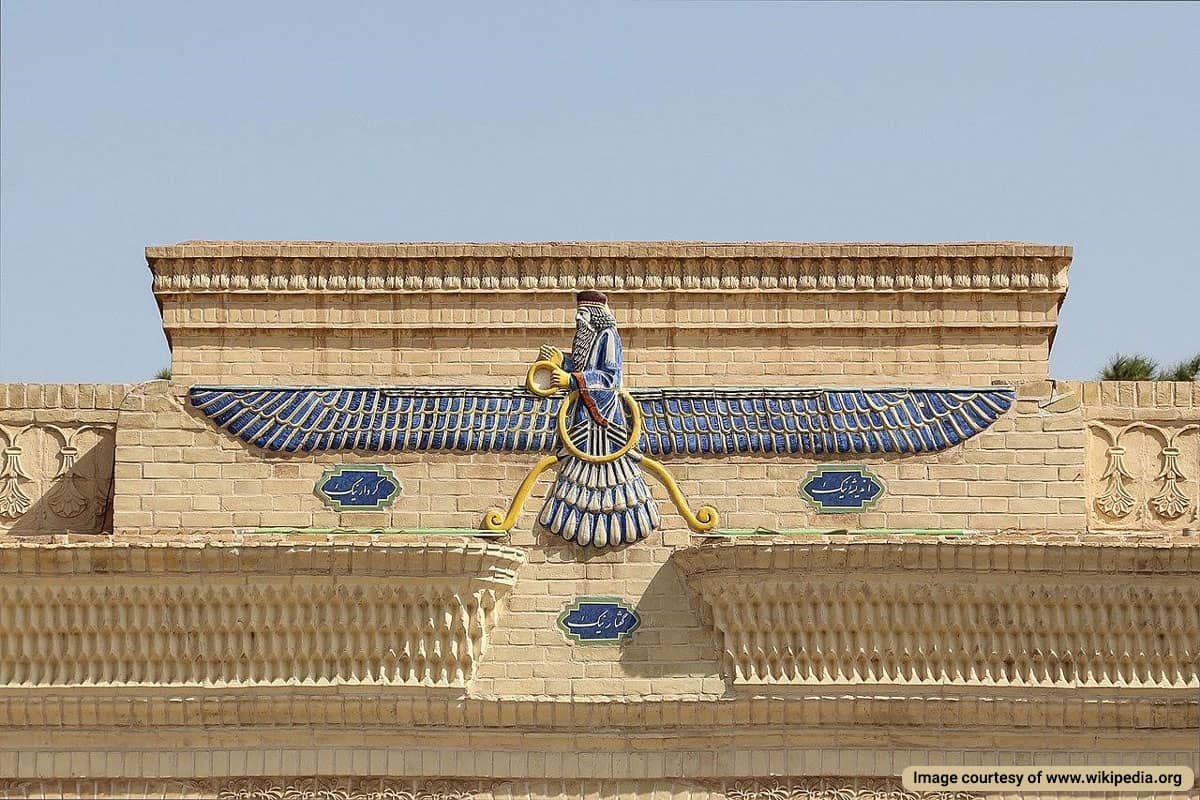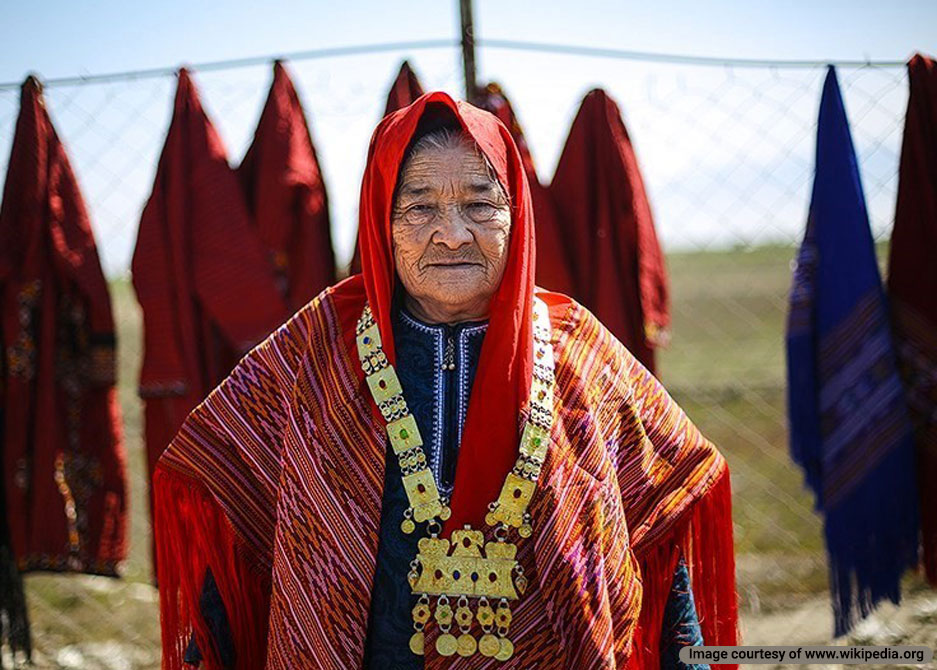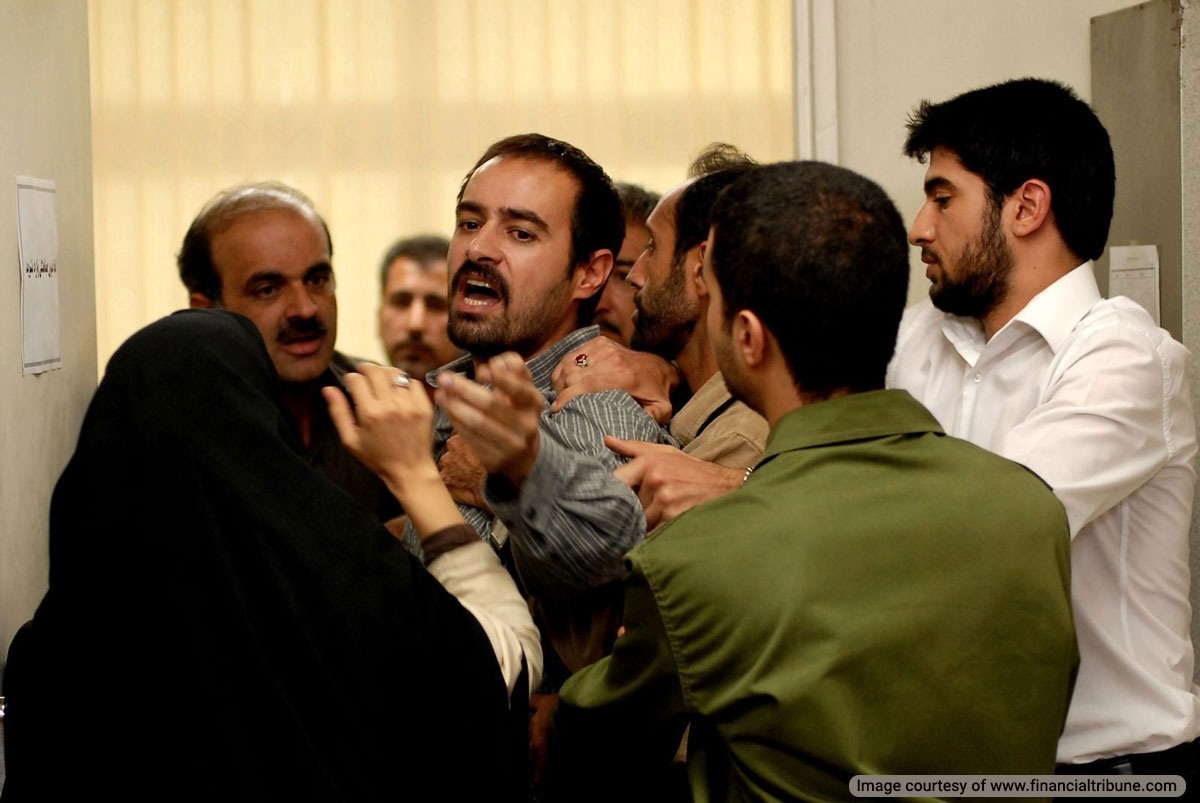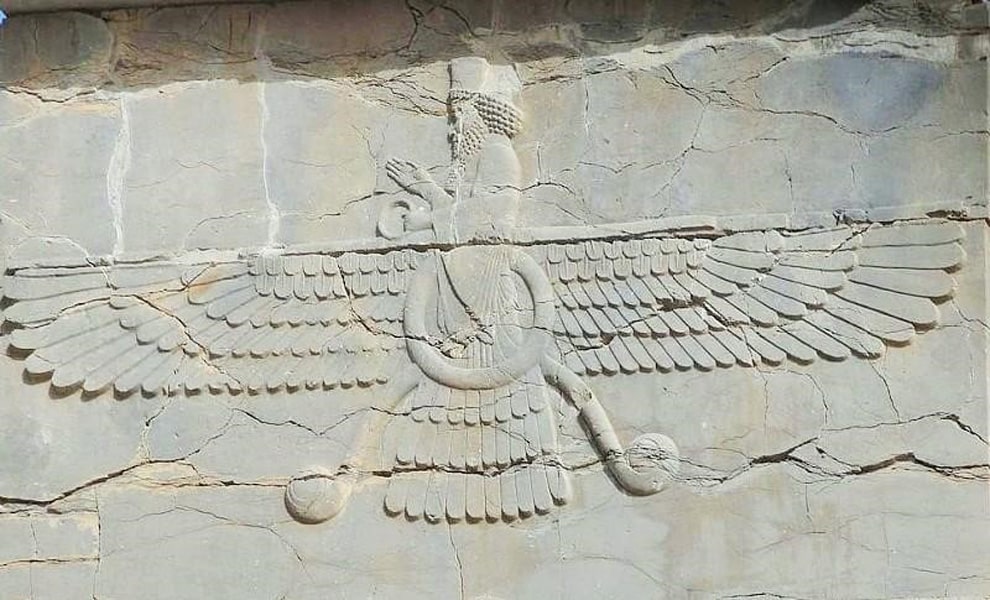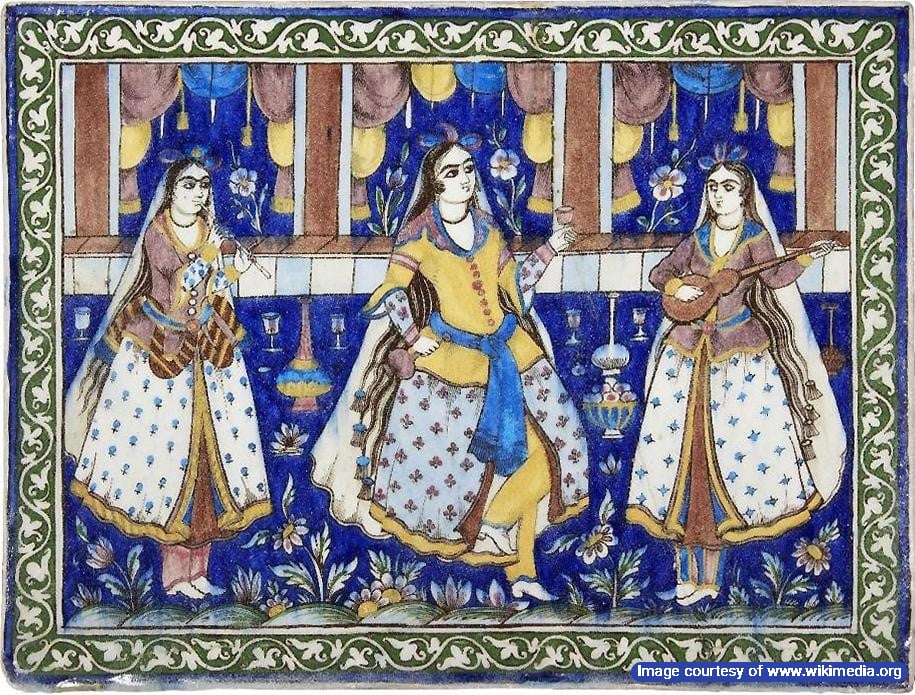
Iranian dance, known as “Raghs” in Persian, is a rich and diverse style of traditional performance art. From the graceful and elegant movements of classical Persian dance to the lively and energetic styles of regional folk dances, Iranian dance celebrates the country’s vibrant cultural heritage and artistic expression. Dance is a form of entertainment and a means of storytelling, expressing emotions, and celebrating community gatherings and festive occasions. Let’s delve into the history and various styles of Persian dance, tracing its roots from ancient times to the present as an Iranian tradition.
The Origins of Iranian Dance
The history of dance in the Iranian Plateau dates back to prehistoric times. Archaeological evidence from important sites such as Tepe Sabz, Chogha Mish, Tall-i Bakun, Cheshmeh-Ali, and Tepe Sialk suggests that dance was deeply ingrained in ancient Iranian culture. These early dances held immense significance, often being performed as part of religious rituals and ceremonies, showcasing the spiritual and communal facets of the ancient Iranian way of life.
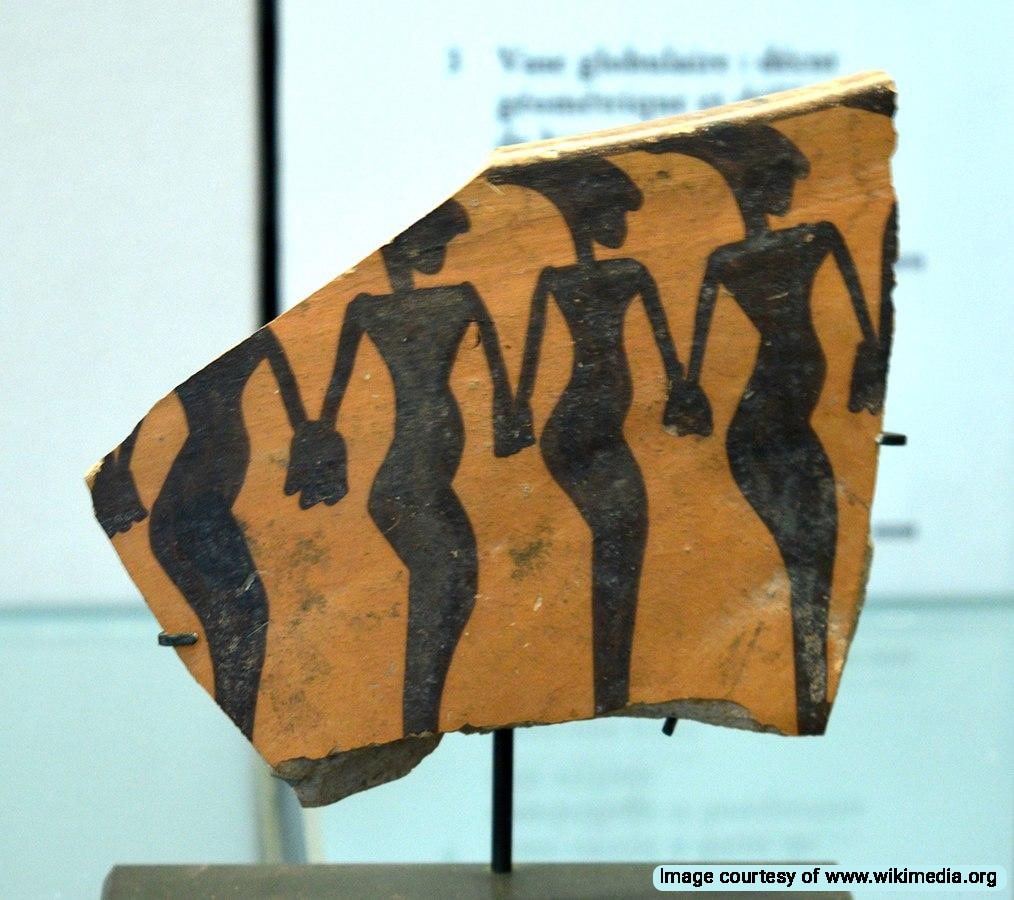
The history of dance in ancient Iran dates back to 4500 to 5000 BCE. This claim is backed by the discovery of a clay piece in Tepe Khazineh in the ancient city of Susa that depicts dancers. Another piece of evidence is the clay tablet found in Cheshmeh Ali that shows a group of dancers holding hands. Other examples of ancient dance rituals have been discovered near Takht-e Jamshid.
Dance in the Achaemenid, Parthian, and Sassanid Eras
During the Achaemenid Empire (550-330 BCE), dance played a significant role in Persian culture. The Achaemenid kings were known to patronize the arts, and dance was often performed at royal courts and during public festivals. The dances of this period were characterized by their elegance and sophistication, reflecting the grandeur of the Persian Empire. The Achaemenid Empire’s vast reach allowed for cross-cultural exchanges, influencing the development of dance forms in regions under its rule.
After Alexander’s invasion and the forced introduction of Greek culture to Persia, Greek dance and performance arts became an integral part of celebration rituals. As the Seleucid and Parthian empires rose to power, Greek influence on Iranian dance and art increased, and new dance moves were adopted, which were practiced in most parties and gatherings.
The Sassanid Empire (224-651 CE) saw the flourishing of ritual Persian dance. Zoroastrianism heavily influenced Sassanid art and culture, and dance was an important part of religious ceremonies. The Sassanian dances were known for their intricate movements and elaborate costumes, which often depicted scenes from Persian mythology and history.
According to the Shahnameh, dance was part of the ritual of welcoming guests in the Sassanid era, as Barzin’s daughters welcomed Bahram-e Gur (the Sassanid king of kings) with a dance ritual in one of Ferdowsi’s stories.
The History Dance After the Islamic Conquest
The Islamic conquest of Persia in the 7th century brought significant changes to Persian culture, including dance. While the new Islamic rulers initially discouraged dance due to its association with pre-Islamic rituals, Persian dance gradually adapted to the new cultural and religious context. Sufi mystics, for example, incorporated dance into their spiritual practices, using it as a means of achieving a state of divine ecstasy.
Under the Safavid dynasty, dance was an integral part of courtly life and public celebrations, often accompanied by music and poetry. The Safavid rulers, particularly Shah Abbas I, were patrons of the arts, fostering a vibrant cultural scene that included elaborate dance performances. These dances were characterized by their intricate movements and were often performed by professional dancers at royal courts and public festivals.
During the Qajar era, dance continued to flourish, albeit with significant European influences due to increased contact with the West. The Qajar rulers, like their Safavid predecessors, supported the arts, and dance remained a popular form of entertainment. This period saw the introduction of new styles and the blending of traditional Persian dance with European ballet and other forms. The Qajar era’s artistic diversity is evident in the detailed paintings and descriptions of dance performances from that time, showcasing a blend of traditional Persian aesthetics with new influences.
Contemporary Iranian Dance
Contemporary Iranian dance has undergone a fascinating evolution, blending traditional elements with modern influences. Choreographers and dancers have explored new expressions within the framework of traditional Iranian dance, creating innovative styles that reflect the richness of Iran’s cultural heritage while embracing modern artistic concepts.
This fusion has resulted in a diverse range of performances that incorporate movements, music, costumes, and storytelling techniques, showcasing the dynamic and evolving nature of Iranian dance as it continues to captivate audiences worldwide. Music plays a significant role in contemporary Persian dance, with traditional Persian music being fused with modern and global sounds to create a rich and unique auditory experience. This fusion of movement and music results in captivating performances that showcase the beauty and complexity of Persian culture.
Iranian Dance Genres
Iranian dance can be categorized into four main genres: chain or line dances, solo improvisational dances, war or combat dances, and ritual or spiritual dances.
Chain or Line Dances
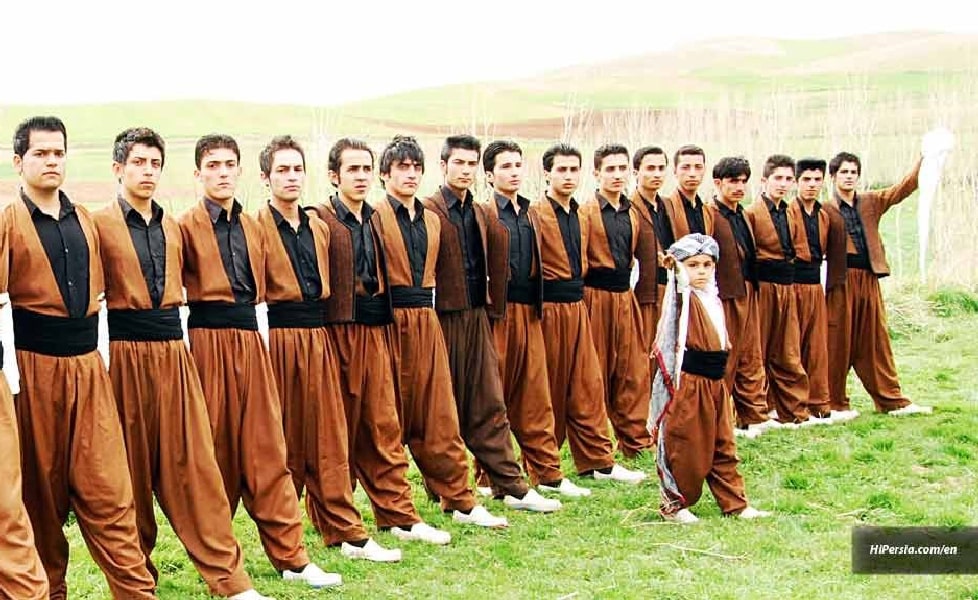
These dances are often named after the region or ethnic groups they are associated with. They involve coordinated group movements and are a significant part of regional celebrations and traditions. Examples of chain or line dances in traditional Iranian dance include:
Kurdish Halparke: This energetic dance is performed in a line or circle, with dancers holding hands or linking arms. The movements are vigorous, involving a lot of jumping and stamping.
Bandari: Originating from the southern coastal regions of Iran, Bandari is a lively dance performed in a line or circle. It features rhythmic movements that mimic the waves of the sea, with shoulder shimmies and hip movements.
Ghasem Abadi: This dance from the Gilan province involves lively steps and coordinated hand movements. It’s often performed in a line or circle, with dancers clapping and turning in sync.
Azeri Yalli: A traditional dance from the Azerbaijani regions of Iran, Yalli is performed in a line or circle. Dancers hold hands and move in unison, often incorporating intricate footwork and rhythmic patterns.
Solo Improvisational Dances
Typically, these dances include reconstructions of Safavid and Qajar Court Dances. They are characterized by delicate, graceful movements of the hands and arms, such as wrist circles, and are often performed in an improvisational manner.
Baba Karam is a popular and playful Iranian dance that has its roots in the urban culture of Tehran. It is often performed at parties, weddings, and celebrations, characterized by its humorous and exaggerated movements. The dance mimics the behavior and attire of working-class men, incorporating elements like hip swings, finger-snapping, neck slides, and head bobbles. It is danced to the rhythm of a classic song named Baba Karam.
The dance is typically performed solo, but it can also be done in groups, with dancers often wearing traditional hats and scarves to enhance the comedic effect. Baba Karam is known for its expressive and theatrical style, making it a favorite among Iranians for its ability to entertain and bring joy to social gatherings.
War or Combat Dances
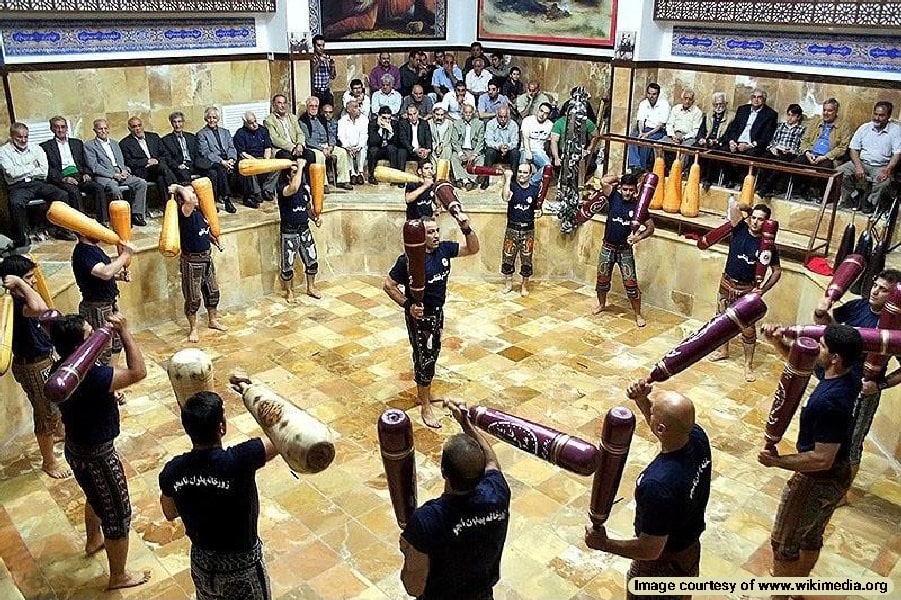
These dances mimic combat or serve as training for warriors. An example is the movements from the zurkhaneh (literally “house of strength”), a traditional Persian gymnasium. The ritualized, wrestling-training movements here are known as Raghs-e-Pa and can also be seen as a form of martial art.
Ritual or Spiritual Dances
Often associated with Sufi traditions, these dances are known as sama and are a type of zikr (religious chant). Various trance dances are used in healing practices across Iran and surrounding regions. For instance, the Le’b Quati ritual of the Baluchis in Eastern Iran involves trance, music, and movement to expel possessing spirits, akin to an exorcism. The term “gowati” in Balochi refers to patients who have recovered from psychological illness through music healing. Similar possession-by-wind ceremonies are found in southern coastal regions like Qeshm Island, possibly influenced by African traditions, particularly from the Abyssinian or Ethiopian region.
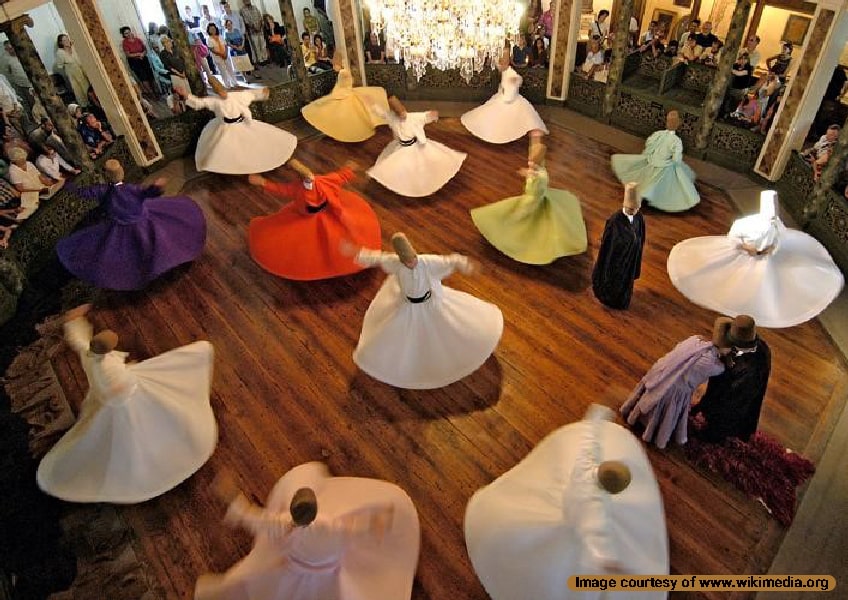
Sama Dance, Whirling Dervishes
The incorporation of dance into Sufi mysticism was particularly associated with the renowned Sufi poet and mystic, Rumi. Rumi founded the Mevlevi Order in the 13th century, also known as the Whirling Dervishes, who are famous for their mesmerizing spinning dances as a form of spiritual practice.
The Sufi practitioners believed that through their dance movements, they could transcend the material world and unite with the divine. Over time, the Sufi dance tradition diversified into various forms, such as the Sama ceremony, each with its own significance and spiritual symbolism, contributing to the rich tapestry of Sufi mysticism.
The Sama ceremony, for example, represents a journey of spiritual ascent through mind and love to “Perfect.” The dervishes rotate in a precise rhythm, accompanied by traditional music, focusing their attention on God. This ecstatic turning is famous for its graceful movements and symbolism. Islamic dance heritage.
Folk Dances of Iran
Iran is home to a diverse array of ethnic groups, each with its unique dance traditions. These folk dances are often performed during weddings, festivals, and other communal gatherings, and they reflect the cultural heritage of the various regions of Iran.
Gilaki and Mazandarani Dance
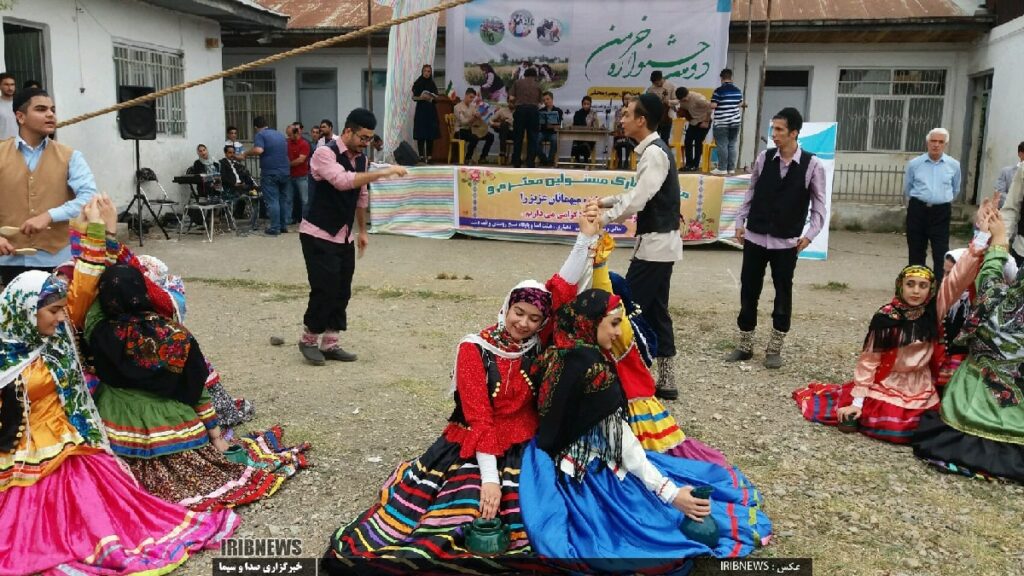
The Gilaki and Mazandarani regions in northern Iran are known for their distinct dance traditions, which are deeply connected to the local customs and rituals. These dances often portray themes from nature and everyday life in the region, and they are an integral part of the cultural identity of the Gilaki and Mazandarani people.
Nomadic Dance (Qashqai, Basseri)
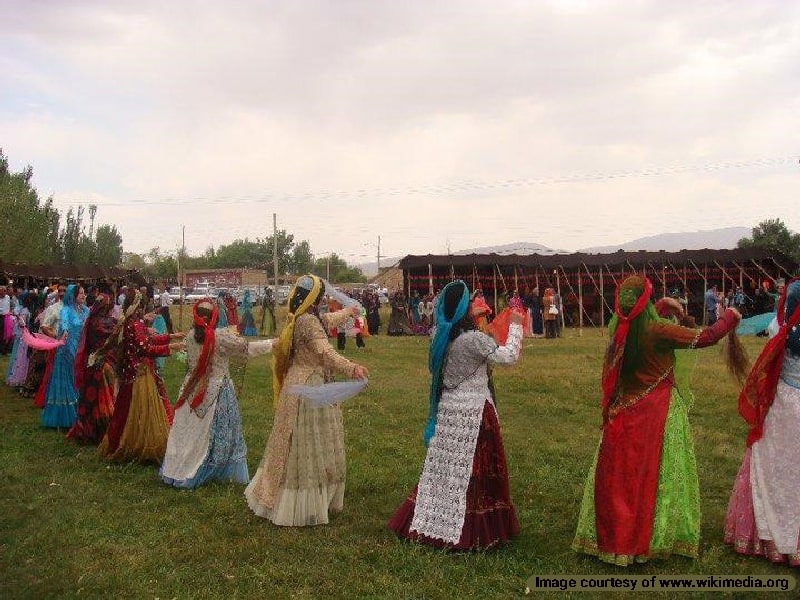
The Qashqai dance is often performed in traditional clothing, which includes vibrant colors and intricate patterns that hold significant cultural meaning. The dance movements are characterized by a combination of agility and grace, reflecting the nomadic lifestyle of the Qashqai people, who are known for their resilience and adaptability to life in the vast and rugged landscapes of Iran. The rhythms and melodies accompanying the dance are often played on traditional instruments such as the saz, a long-necked lute, and the Dohol, a double-headed drum, adding a rich and dynamic element to the performance.
Azerbaijani Dance
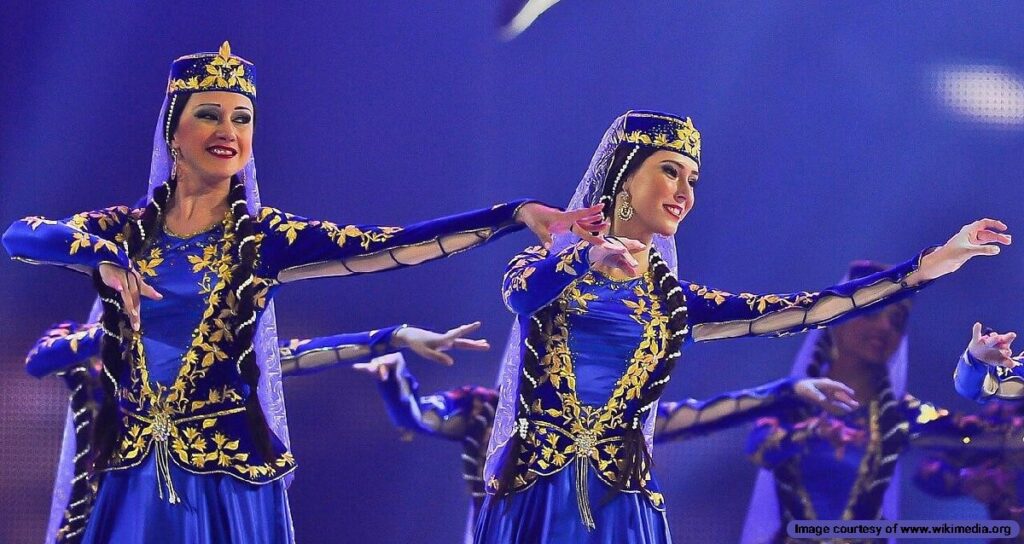
Azerbaijani dance, or “Yalli,” is a lively and dynamic dance form with deep cultural roots in the Caucasus region. The dance involves intricate footwork, and dancers often move in a circular or semi-circular pattern. The hand movements are equally important, often symbolizing various aspects of nature or everyday life.
The dance is usually performed to traditional Azerbaijani music, featuring instruments such as the Balaban (a type of flute), the tar (a long-necked lute), and the kamancha (a string instrument). The energetic and celebratory nature of Yalli makes it a popular choice for weddings, festivals, and other joyous occasions in Azerbaijani culture. such as the tar and the kamancheh.
Luri Dance
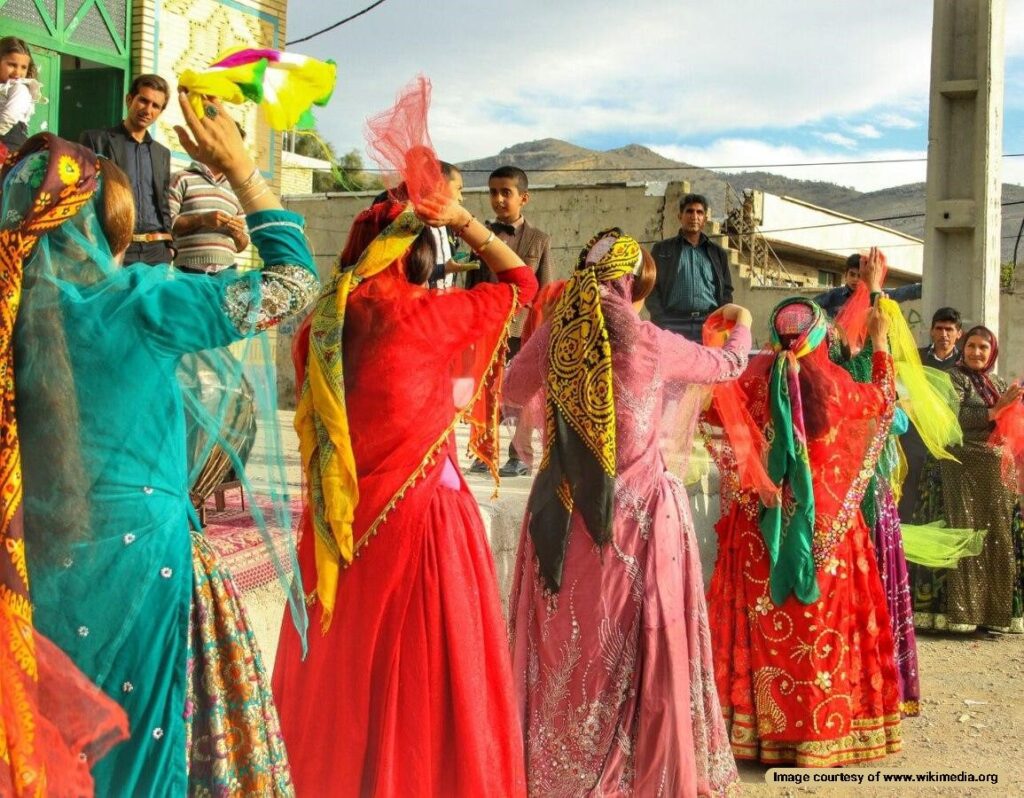
The Lurs, an ethnic group from western Iran, have a distinctive dance style known as “Bākhten.” This dance is characterized by its graceful and flowing movements, often performed to the accompaniment of the Dohol (a type of drum) and the sorna (a wind instrument). The dancers often wear traditional costumes, and the choreography of the dance typically tells a story or represents aspects of Lurish culture and history. Bākhten is an integral part of Lurs’ social gatherings and celebrations, and it holds significant cultural importance within the community.
Kurdish Dance
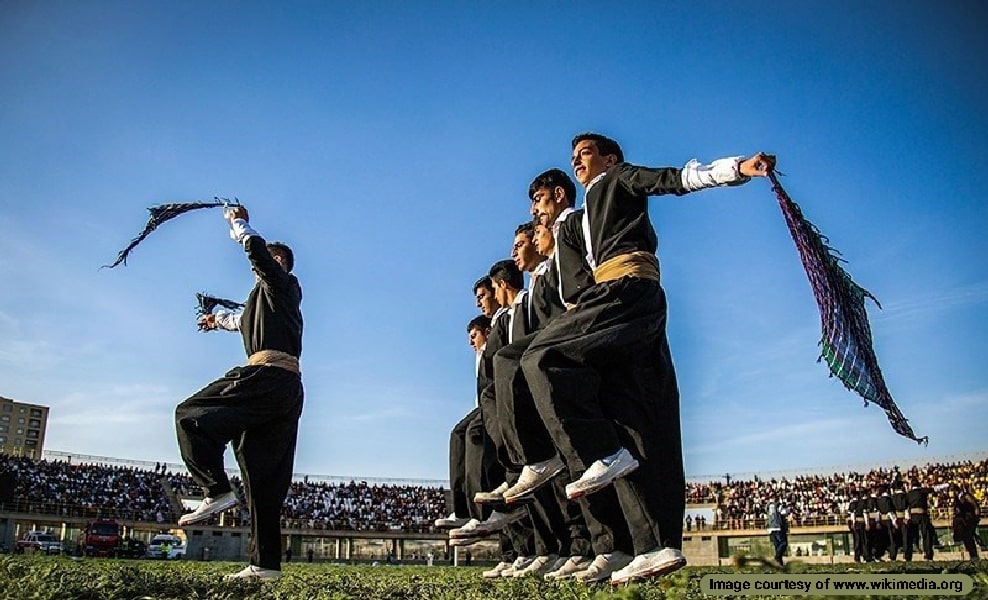
Known as “Halparke,” Kurdish dance is characterized by its energetic and rhythmic movements. Dancers often form a circle or a line, holding hands and moving in unison to the beat of traditional Kurdish music. The movements in Kurdish dance often involve quick footwork, vibrant spins, and expressive gestures, reflecting the rich cultural heritage of the Kurdish people. The dancers’ colorful traditional attire adds to the visual spectacle, emphasizing the sense of community and celebration that is central to this form of dance.
Bandari Dance
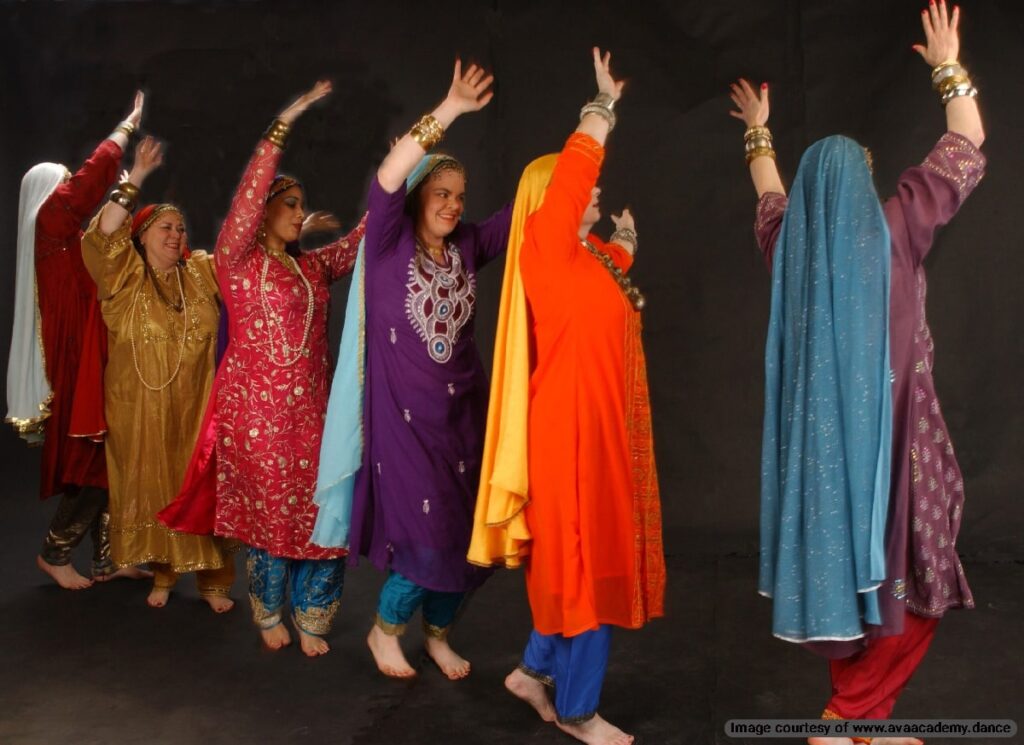
The Bandari dance is often performed in a group, with dancers moving in a lively and energetic manner to the beat of traditional Bandari music. The movements involve a lot of hip and shoulder action, and the dancers often wear colorful traditional costumes, adding to the visual appeal of the performance. This dance form is not only a source of entertainment but also a way to celebrate and showcase the rich cultural heritage of the region.
Armenian-Iranian Dance
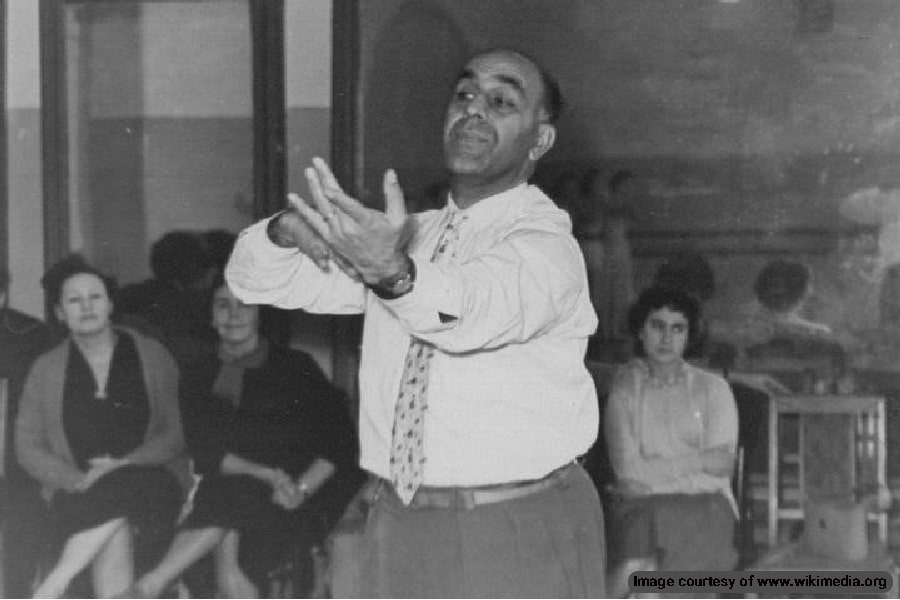
This dance form, known as Armenian-Iranian dance, combines elements of traditional Armenian and Iranian dance. It showcases intricate footwork, expressive hand movements, and vibrant costumes. The music accompanying this dance is often a fusion of Armenian and Iranian traditional instruments and melodies, creating a truly unique cultural experience.
The dance is often performed during special celebrations and events within the Armenian community in Iran, serving as a testament to the cultural diversity and harmonious coexistence of different traditions within the region.
Learn More About Iranian Dance and Culture
Discover the rich tapestry of Iranian dance and culture, the accumulation of every story and rhythm from centuries of tradition. From the graceful dance movies of the Safavid and Qajar courts to the powerful war dances of the zurkhaneh, Iranian dance offers a unique glimpse into the soul of a nation.
Explore the spiritual depths of Sufi rituals and the vibrant community spirit of regional chain dances. Immerse yourself in the diverse cultural heritage of Iran and uncover the profound connections between dance, history, and identity. Learn more about Iranian dance and culture today and embark on a journey through the heart of Persia.
Frequently Asked Questions About Iranian Dance
If you have any more questions about Iranian dance, please let us know in the comments. We will respond as soon as possible.
What are the main types of Iranian dance?
Iranian dance can be categorized into several types, including chain or line dances, solo improvisational dances, war or combat dances, and ritual or spiritual dances.
How does Persian dance differ from other Middle Eastern dances?
Persian dance is distinct in its movement language, characterized by graceful, fluid motions and intricate hand and arm movements. Unlike belly dance, which is more widely known, Persian dance emphasizes subtlety and elegance.
What is the historical significance of dance in Iran?
Dance has been an integral part of Iranian culture for centuries, with significant developments during the Safavid and Qajar periods. It has been used in courtly entertainment, public celebrations, and spiritual rituals.
Are there any famous Persian dance styles?
Some well-known Persian dance styles include the classical court dances of the Safavid era and the regional folk dances that vary from province to province, each with its unique characteristics. Some styles like Baba Karam are famous and revered by all Iranians.


